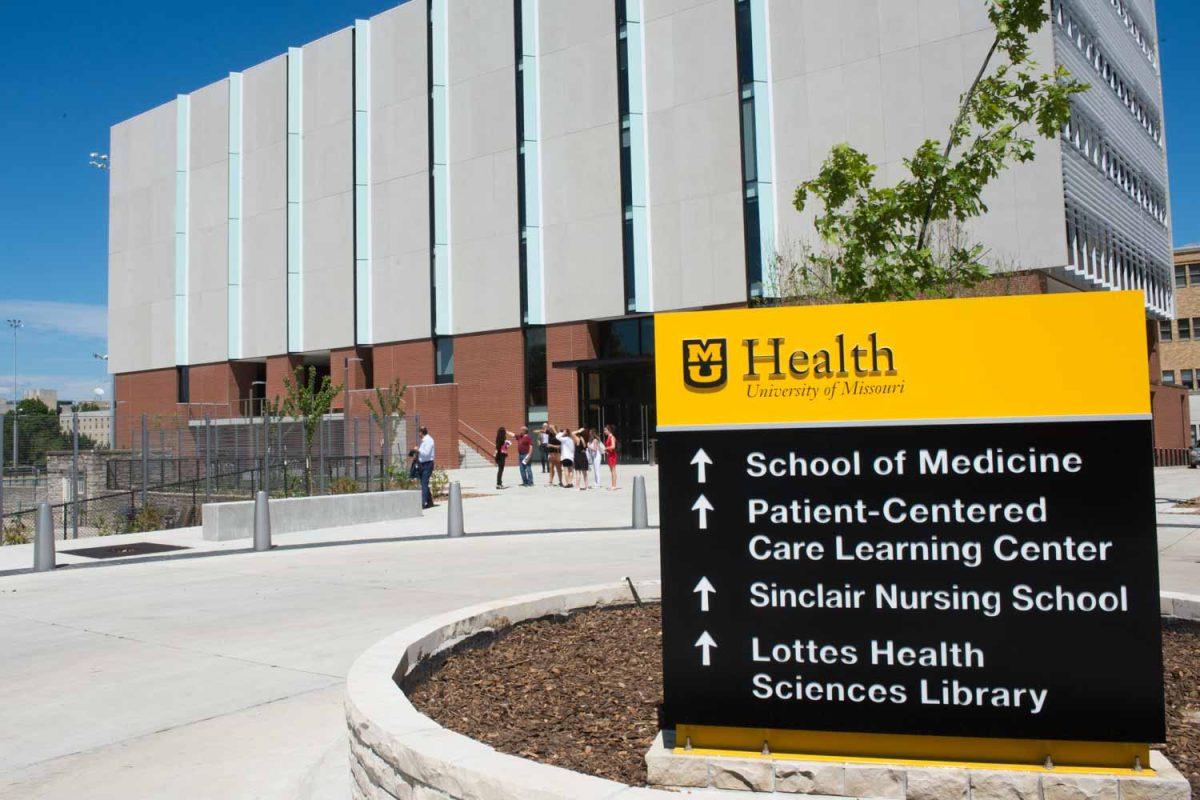The Physicians Committee for Responsible Medicine has offered the MU School of Medicine an on-site demonstration of a training method that would replace the use of live animals for emergency medicine resident training.
The offer came up after Dr. John Pippin, director of academic affairs for the Physicians Committee, allegedly sent a letter on March 15 to Dr. Chris Sampson, program director of the emergency medicine residency at MU, asking it stop using live animals in its training. Pippin said he did not receive a reply from Sampson and then went up the “chain of command” and sent an email to UM System President Mun Choi, who also allegedly did not reply.
Pippin said he did receive a reply from Jeff Henegar, director of animal care quality assurance in the MU Office of Research, who told Pippin he disagreed with his reasoning and believed animals are necessary in teaching emergency medicine.
Pippin first reached out to Sampson in May, when he asked for his reasoning behind using live animals in emergency medicine training. Sampson responded to Pippin in December, when he wrote to him explaining that he could not find replacements for some procedures.
“Thoracotomy and cardiac repair are still the 2 main procedures that I cannot find replicated in non-live models,” Sampson wrote in the email. “While I think the cadaver model with simulated blood infusion is interesting, I think the cost for cadavers would be prohibitive.”
Sampson wasn’t available for comment, but Jesslyn Chew, public relations manager with MU Health, spoke on his behalf.
Currently, the School of Medicine uses live pigs to demonstrate how to insert a test tube into a person’s body between their ribs, Pippin said. He offered an alternative to the university and said he knows of a simulation, EnvivoPC, through a company called Maximum Fidelity.
Pippin replied to Sampson’s message offering that the Physicians Committee pay for a demonstration of the EnvivoPC technology to residents studying emergency medicine.
“A perfused cadaver can be used to teach every procedure for which MU is using live pigs, including thoracotomy and cardiac repair,” Pippin wrote in the email. “In addition to ethical concerns, the use of live pigs for teaching emergency medicine residents fails to provide anatomical accuracy.”
Pippin wrote to Sampson that pigs have major differences in anatomy compared to humans, including the number of ribs in a pig’s chest and thicker skin.
Pippin said the Physicians Committee has no direct relationship with Maximum Fidelity and is offering it because it believes it will help the university’s medicine teaching methods.
“[The Physicians Committee is] only trying to find a solution for the university,” Pippin said.
Pippin said the demonstration that the Physicians Committee is offering is a $4,500 value. From there, the School of Medicine can choose whether to adopt the technology.
He also said “the vast majority of emergency medicine residency programs in the United States and Canada … use human-relevant training methods,” such as cadavers and simulations. In addition, he said every other emergency medicine residency program in the state of Missouri uses these methods in place of live animals.
“Torturing and killing pigs to train human medicine is archaic; it has just virtually disappeared,” Pippin said.
He also said it allows for a “substandard” method of teaching students.
“[The Physicians Committee doesn’t] understand why [the university doesn’t] look around and see that everyone around them has moved past the use of animals,” Pippin said. “We think they are just absolutely wrong about the need to use pigs for this training, and we have to wonder if they’re just not qualified or don’t understand how to use the simulation to do this.”
Chew said the primary goal of the School of Medicine is to provide emergency medicine resident physicians with the necessary skills and procedural knowledge for their future careers. This sometimes involves animals, but the university mainly uses simulations, she said.
She also said the courses include “national and international experts on emergency medicine simulation training.”
Chew said using live animals is a rare case, involving approximately six animals a year.
“When we need to train emergency medicine resident physicians on life-saving measures that are not adequately replicated through simulation, we use humane and strict protocols that are reviewed by the university’s Animal Care and Use Committee,” Chew said.
Pippin offered the demonstration through the Physicians Committee on March 15, which Chew said is currently being reviewed and that a decision has not been made yet.
_Edited by Morgan Smith | [email protected]_














